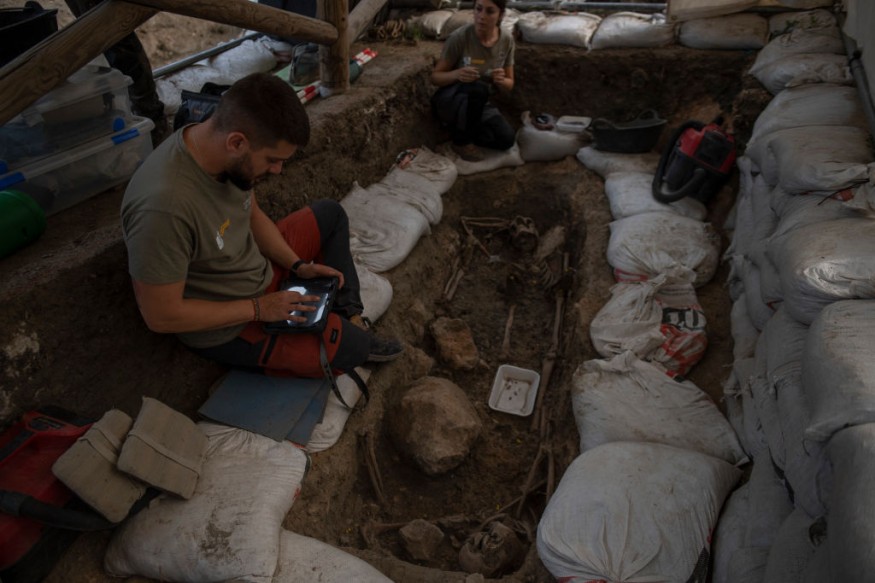
Archaeologists have discovered evidence that people buried in gigantic stone tombs in Spain around 6,000 years ago were defleshed and dismembered after death, shedding insight on ancient funeral practices.
Burial Practices
Large stone tombs, Los Zumacales and La Lora, discovered decades ago in northern Spain contained the remains of almost two dozen people, male, female, and even children, who lived during the fourth millennium BC.
A new study, recently published in the International Journal of Osteoarchaeology, examined the burial practices associated with these tombs, looking at the social and natural factors at work behind the state of the bones.
According to the researchers, 70% to 90% of the bones seemed to be shattered.
This comprises arms with butterfly-shaped fractures that may have resulted from a force delivered perpendicularly to the bone.
Some bones were found to contain impact marks, indicating a hammering or percussive force. The researchers also discovered V-shaped cut marks, which could have been formed by stone tools used to defleish the corpse.
Previous research has suggested that the bones pointed to burials that were subsequently cleaned up and pushed aside. The study's researchers contend that the cut marks and fragments were part of an old death management method used to deal with the dead compatriots.
Archaeologist Angélica Santa-Cruz of the University of Valladolid notes that interpreting the purpose behind the activities is difficult.
She added, the practices may have been "aimed at accelerating the processes of decomposition of the corpse when necessary."
These practices could have been aimed at hastening the decomposition of the corpse, when necessary, while other bones could have been treated as relics or funerary objects of worship.
Archaeologists believe that analysis of these bones indicated traces of selection and modification of the remains, as well as the extraction of goods from the burial.
"This evidence may be related to secondary reduction practices following the initial deposition of the bodies," scientists wrote in the study.
Funerary Cannibalism
The researchers stressed that they did not rule out the idea of ancient people indulging in funerary cannibalism.
Eating the flesh of the deceased is thought to be an old human practice, with evidence found in northwestern Europe, particularly in the Upper Palaeolithic age.
Funerary cannibalism, also known as anthropophagy or endocannibalism, may be depicted by the patterns of bone fractures in one of the graves in particular. However, the researchers caution that such statements should be made with caution.
Only a few further hints are provided by the site to shed light on these burial rituals. Because of the scant habitation places that have been unearthed, little is known about these Neolithic people.
Archaeologists warn that "such a claim must be made with great caution."
With the new insights uncovered when the researchers dug further into the bones, they propose that similar studies be conducted on the bones of additional tombs in order to learn more about the funeral practice diversity that may have occurred in these places.
Related Article : 1000-Year-Old Mummy Unearthed by Archeologists in an Underground Tomb
© 2025 NatureWorldNews.com All rights reserved. Do not reproduce without permission.




